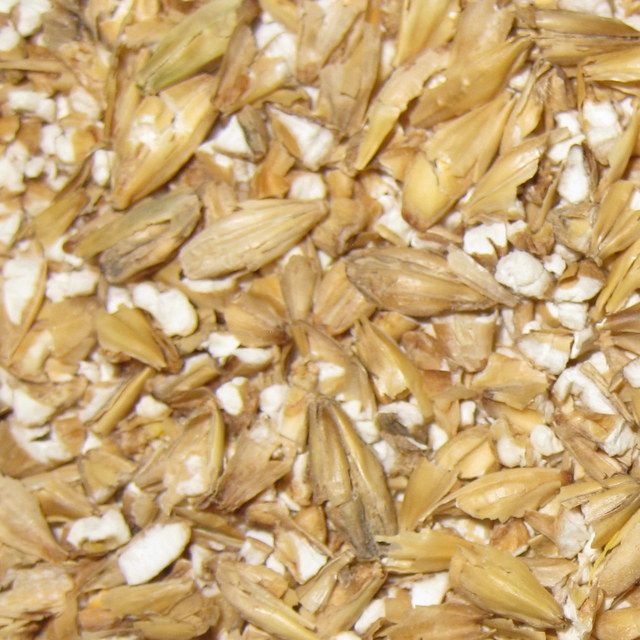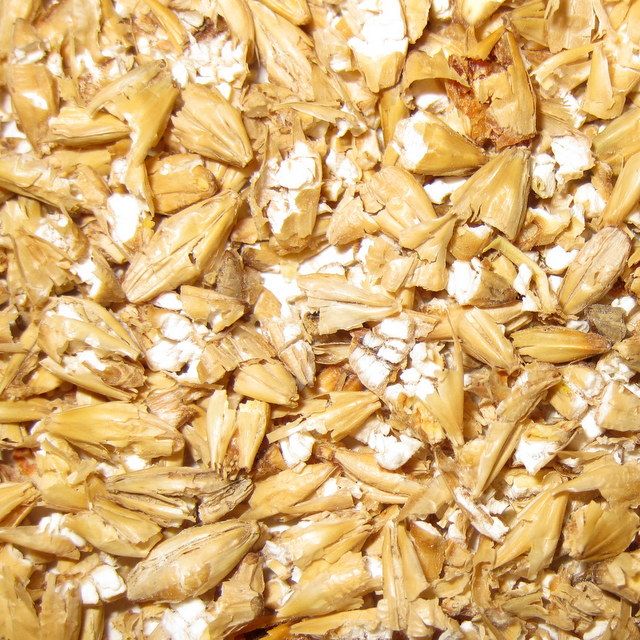mbg
Master Brewer
- Joined
- Oct 22, 2004
- Messages
- 65
- Reaction score
- 0
I originally posted this in the general section but will move my findings here (where the belong).
I measured poor eff. on at least my last batch. I mill my own grain on a Barley Crusher that I have had for years and didn't suspect it but it was last in line to check. I originally set it to 0.035" gap but I measured it at 0.043". Don't know how it changed although I did lend it out a few times. I crushed a small amount of grain at the two settings and thought I would share:
0.042" Gap:

0.035" Gap:

Comments welcome,
Mike
I measured poor eff. on at least my last batch. I mill my own grain on a Barley Crusher that I have had for years and didn't suspect it but it was last in line to check. I originally set it to 0.035" gap but I measured it at 0.043". Don't know how it changed although I did lend it out a few times. I crushed a small amount of grain at the two settings and thought I would share:
0.042" Gap:

0.035" Gap:

Comments welcome,
Mike


